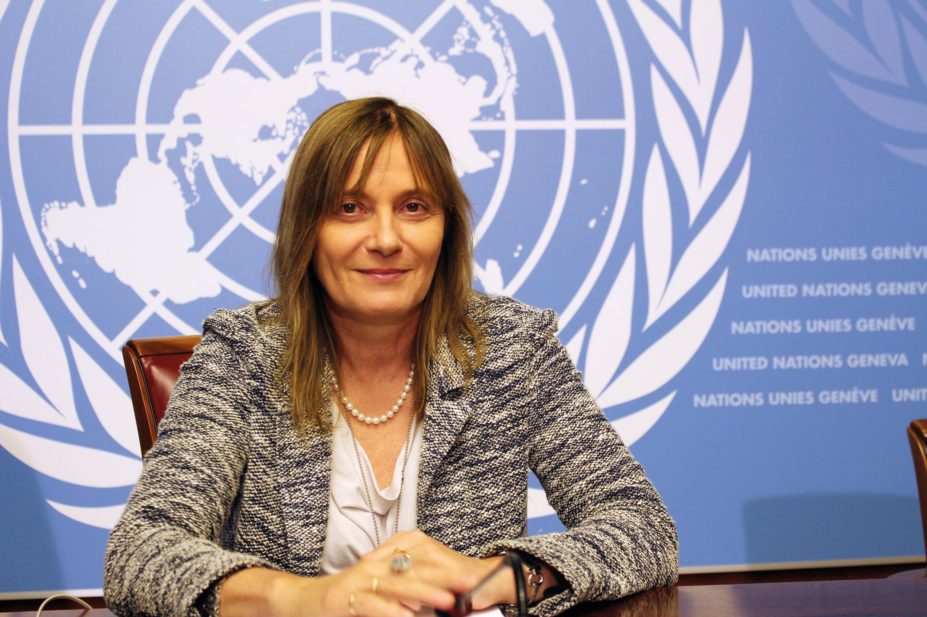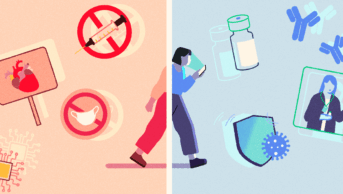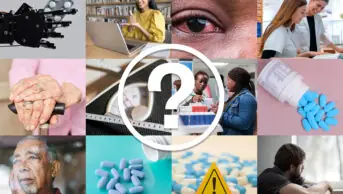
John Zarocostas
The World Health Organization (WHO) has split antibiotics into three categories — access, watch and reserve — in its latest essential medicines list to help ensure the right antibiotics are used for the right infections.
Medicines for HIV, hepatitis C, tuberculosis, and leukaemia are also among 30 new medicines added to the 2017 list, ‘WHO model list of essential medicines’, bringing its total essential medicines to 433.
The review of antibiotics, which is the biggest change to the drug class in the 40-year history of the essential medicines list, is part of efforts to fight drug resistance and preserve the effectiveness of ‘last resort’ medicines, WHO says.
Those in the ‘access’ category, which include amoxicillin for pneumonia, should be available at all times; the ‘watch’ category includes those that are recommended as first or second-line treatment for a small number of infections, such as ciprofloxacin in the treatment of cystitis; and the ‘reserve’ category includes antibiotics such as colistin and some cephalosporins that should only be used in severe circumstances, when other options have failed.
The updated list includes 10 antibiotics for adults, and 12 for children.
Other new additions include dasatinib and nilotinib for resistant chronic myeloid leukaemia, sofosbuvir plus velpatasvir as the first combination therapy to treat all six types of hepatitis C, HIV drug dolutegravir, and pre-exposure prophylaxis (PrEP) with tenofovir alone, or in combination with emtricitabine or lamivudine.
WHO experts have also included delamanid in the 2017 update for the treatment of children and adolescents with multidrug-resistant tuberculosis and clofazimine for children and adults with the disease.
For children, the list now includes child-friendly, fixed-dose combination formulations of isoniazid, rifampicin, ethambutol and pyrazinamide.
And fentanyl skin patches and methadone for pain relief in cancer patients have been added with the aim of increasing access to medicines for end-of-life care.
“Safe and effective medicines are an essential part of any health system,” says Marie-Paule Kieny, WHO assistant director-general for health systems and innovation.
“Making sure all people can access the medicines they need, when and where they need them, is vital to countries’ progress towards universal health coverage.”
Suzanne Hill, director of essential medicines and health products adds: “The rise in antibiotic resistance stems from how we are using — and misusing — these medicines.
“The new WHO list should help health system planners and prescribers ensure people who need antibiotics have access to them, and ensure they get the right one, so that the problem of resistance doesn’t get worse.”
Helen Stokes-Lampard, chair of the Royal College of GPs, says the profession welcomes the WHO taking action to tackle growing resistance to antibiotics.
“GPs and other prescribers must have access to guidance and tools that help us prescribe safely for all conditions, in the best interests of individual patients and public health globally — and this updated ‘Essential medicines list’ should be useful in our daily practice.
“It’s important that the list is constantly evaluated and updated as new research is published, in a way that best preserves the efficacy of the drugs we have available to us for as long as possible, in the long-term interests of the health of our global population.”
She concludes: “What is also necessary is for more investment and research into developing new drugs, particularly antibiotics, so that we have more options available to tackle emerging diseases, so that we can keep our patients safe for years to come.”


